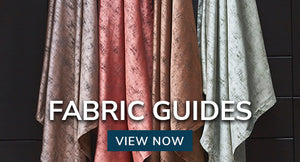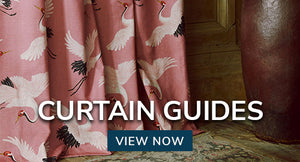Will cushions fade in direct sunlight?
Unless the cushion has UV protection, it will fade when exposed over a long period to direct sun. Ultraviolet rays from the sun create a break in the chemical bonds, which in turn causes fading. It's similar to the bleaching effect the sun has on your hair. Certain types of fabric are more prone to fading, too. Also certain colours are more prone to fading. The type of pigmentation used to achieve the colour also makes a difference.
In many cases, red, yellow and combinations of the two, such as orange, tend to fade faster. That's because it reflects the lower energy red rays – which causes you to see the colour – and absorbs the stronger shorter wavelength blue rays, which have higher energy to cause degrading quicker. That absorption causes a degradation of the colour and leads to fading. Since yellow is lighter, it starts looking creamier so you don't notice it as quickly, but it's still happening.

Synthetic fabric has less of a chance of fading than natural fibres. For example, anything that is 100 percent cotton will fade far faster than a synthetic fabric since the synthetic fabric holds the dye better. Even among synthetic fabrics, there's a difference. Acetate fades far easier than polyester. Unless the fabric specifically states it's UV protected or fade resistant, over time if exposed to direct sunlight frequently, it will gradually start to fade. There are three ways to help avoid fading.
The first is with UV solar window film. It helps block the UV rays from entering the home. Solar blinds also help prevent damaging UV rays from entering, just as UV curtains do. There is also relatively inexpensive UV fabric spray to provide some protection for furniture, but it does offer mixed reviews. Remember, no matter what you're purchasing, if it has colour pigments, it potentially will fade, whether it's fabric cushions, a floor rug, artwork or even a car, unless it has a UV protected finish.




























































